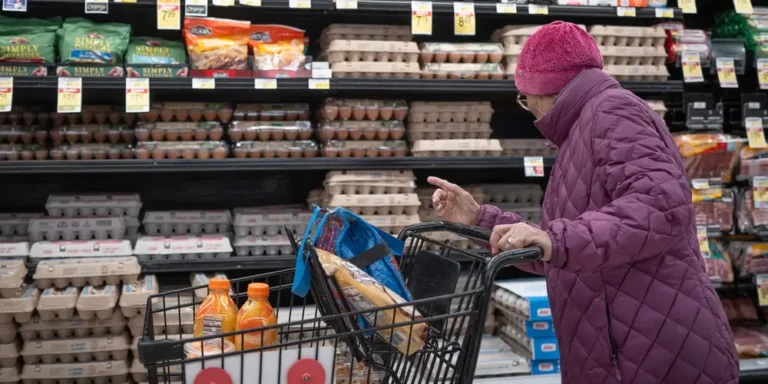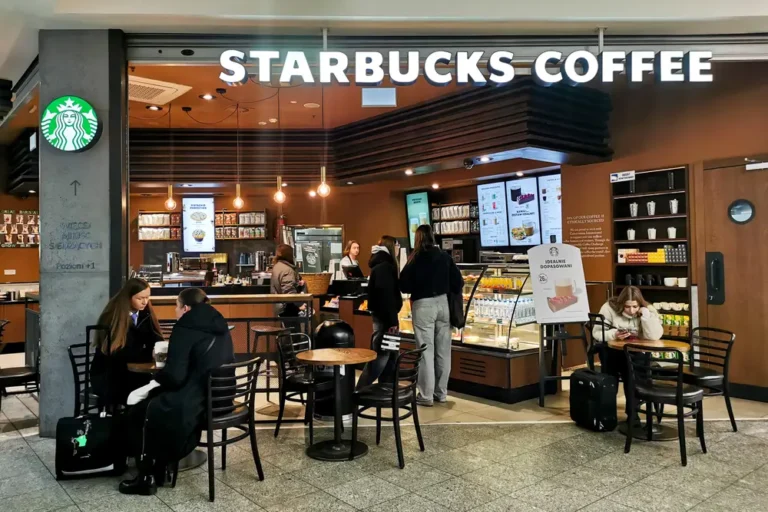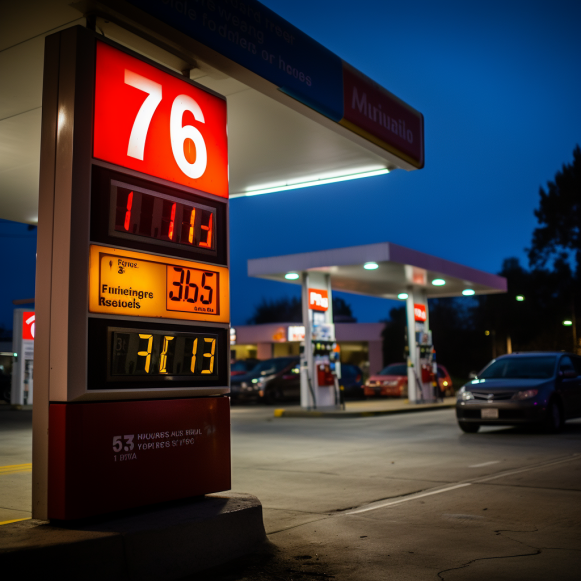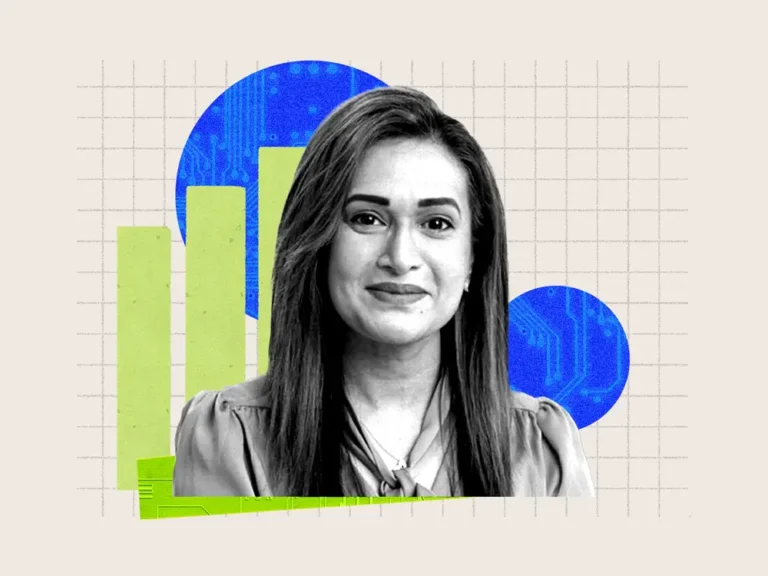Here’s what 5 CEOs learned by becoming undercover bosses

DoorDash CEO Tony Xu
When Kelly Ortberg became Boeing CEO in October, he issued a rallying cry for company leaders: Get back on the factory floor.
He’s not the only leader who thinks bosses are too far from the coal face.
Some executives have said those who regularly spend time on the shop floor have a greater understanding of their business and what pain points need fixing.
These CEOs have all gone undercover to either discreetly serve customers or experience service themselves. This is what they learned from it about their businesses.
Dara Khosrowshahi, CEO of Uber, drove and delivered for Uber Eats in 2022
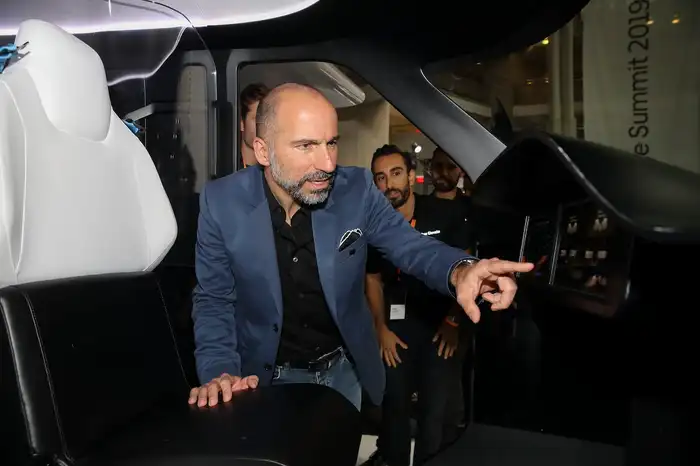
Dara Khosrowshahi is the CEO of Uber.
Uber CEO Dara Khosrowshahi spent time picking up shifts as an Uber Eats delivery driver on an e-bike and an Uber driver for a spell in 2022.
He bought a secondhand Tesla Model Y to ferry riders around San Francisco and made deliveries using the alias “Dave K.” He did this when the company was struggling with recruitment.
Khosrowshahi told The Wall Street Journal in April 2023 he was surprised how passengers would often discuss personal or sensitive information as if he wasn’t there. While making deliveries on an e-bike, he encountered “tip-baiting,” where customers offer a big tip but reduce it on delivery.
The experience showed him that the company culture was focused on customers and not drivers. “We didn’t take pride in the driver product because very few of us drove,” he said.
Khosrowshahi shared his findings at a companywide all-hands titled “Why we suck.”
He said the meeting wasn’t “pleasant” but that it led to a shift, telling the Journal, “We started celebrating employees going out there delivering, employees driving. It is a point of pride for employees now — when they drive they get a little badge on their corporate profile.”
Laxman Narasimhan, former CEO of Starbucks, picked up a half-day barista shift once a month
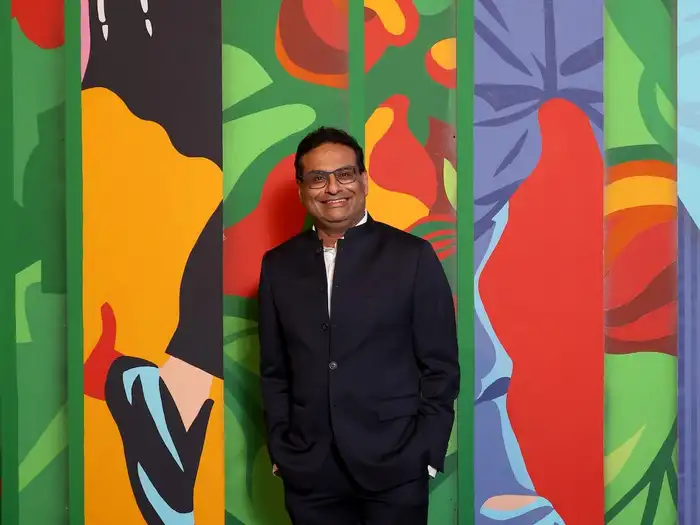
Starbucks CEO Laxman Narasimhan.
Laxman Narasimhan said he spent six months immersing himself in all aspects of the company, including training as a barista, before taking over from Howard Schultz as Starbucks CEO.
When he took over the job, Narasimhan said he planned to continue working monthly half-day shifts.
In his first annual letter to staff in March 2023, Narasimhan said he wanted the practice to help “keep us close to the culture and our customers, as well as to our challenges and opportunities.”
“I expect each member of the leadership team to also ensure our support centers stay connected and engaged in the realities of our stores for discussion and improvement,” he added.
During his barista shifts, he burned his hand on a sandwich and had an egg bite explode in front of a customer. This prompted him to make several key changes, including sending more breakfast sandwiches to stores to avoid shortages, making packaging for egg bites easier to open, and sending fewer corporate emails to stores.
Brian Chesky, CEO of Airbnb, spent 6 months living in Airbnbs — and became a host

Airbnb CEO Brian Chesky.
In 2022, Brian Chesky said he spent six months living full-time as a guest in a series of Airbnbs to promote remote work.
The Airbnb CEO last year told Fortune the experience varied greatly from place to place: some hosts would request he pay “giant” cleaning fees, and others handed him a chore list.
“I started noticing variability,” he said. “I’d ask them, ‘Why are you doing all of this?'”
After Chesky’s Airbnb stays, he launched 50 features, Fortune reported, including Airbnb Rooms — individual rooms to rent instead of whole homes.
To promote these listings, Chesky put a guest room in his own San Francisco home on the app for free, from 2022 to March 2023. While the listing is no longer accepting guests, some of those who did get the opportunity in 2023 left glowing reviews.
“I feel like I’m reviewing Steve Jobs’ personal iPhone,” one guest wrote in a review praising Chesky for facilitating “a smooth check-in.”
Tony Xu, CEO of DoorDash, makes monthly food deliveries
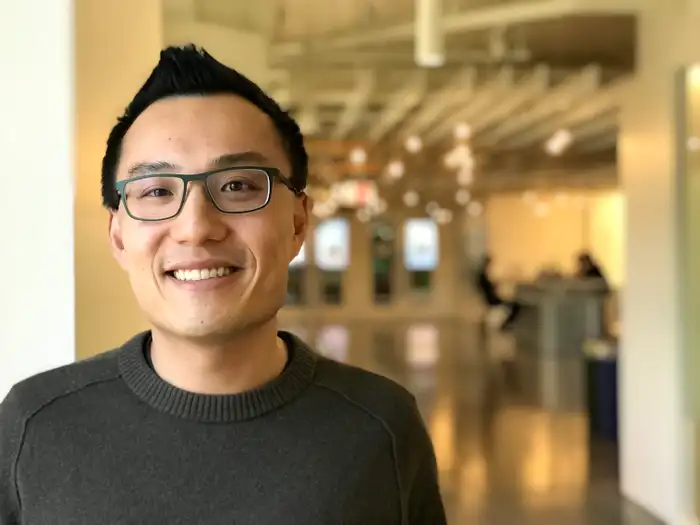
DoorDash CEO Tony Xu
DoorDash CEO Tony Xu makes monthly deliveries as part of WeDash, a program begun in 2015 that requires salaried employees to carry out several deliveries a year.
Xu told “The Rideshare Guy” podcast last year that it had sparked ideas for improvement. He said the company had a Slack channel dedicated to issues people identify from WeDash, such as app bugs or getting the wait times for deliveries wrong.
Xu also said it helped him and his employees solve problems, in an interview on Stanford Graduate School of Business’s “View From The Top” podcast in 2021.
“If you’re at the surface level, you’re never going to actually realize what the problems are,” he said.
On the podcast, he also shared that he does customer service for the company daily, which he said can sometimes shed more light on areas for improvement than data.
“Sometimes, it’s really hard just looking at the data to get to the digging,” he said.
During a ride covered by The Associated Press, the company’s CTO and Xu’s cofounder, Andy Fang got lost during one WeDash delivery after the app prompted him to go to the wrong address.
Joey Wat, CEO of Yum China, says she spends ‘hours’ watching customers eat
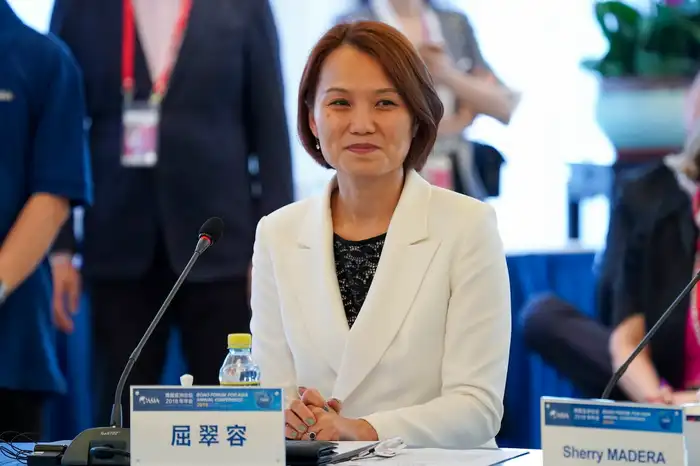
Joey Wat is the CEO of Yum China, a Chinese fast-food restaurant company that owns brands including Taco Bell, Pizza Hut, and KFC.
Yum China CEO Joey Wat said that she covertly hangs out at its restaurants, including KFC and Pizza Hut to watch customers eat, sometimes for up to three hours.
These stakeouts have been helpful in coming up with product ideas, Wat told the 2024 Fortune Global Forum this month. “Some things you can observe directly from the customer and sometimes talking to the store manager helps,” she said.
Wat added that she noticed many young people in China ate KFC fried chicken dipped into mashed potato.
“What we can do with that insight is get rid of the bone,” Wat said, adding this was the impetus for the company launching the boneless “mash potato burger” in China.

